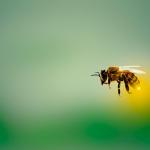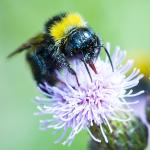There is no doubt that Honey bees (Apis mellifera) are dying off, with the U.S. reporting a loss of 43% of bee colonies over one year.
honey bees
It has been a tough decade for the honeybee; first they were suddenly dying due to something called Colony Collapse Disorder and wh
Like GMOs and vaccines, misinformation is rife on the topic of bees.




